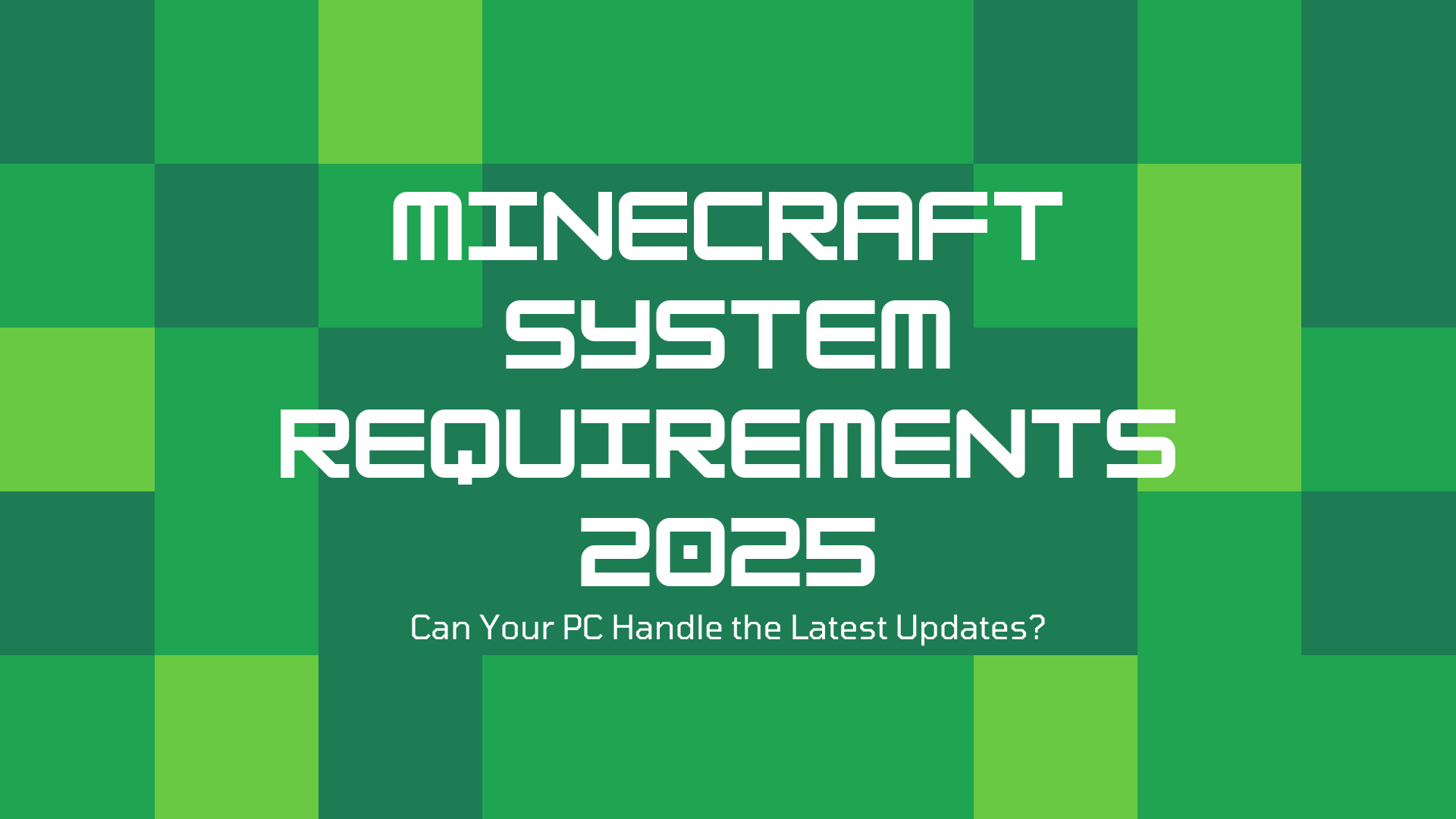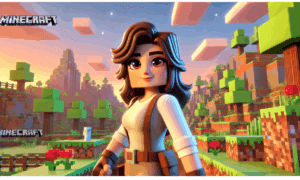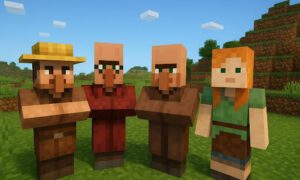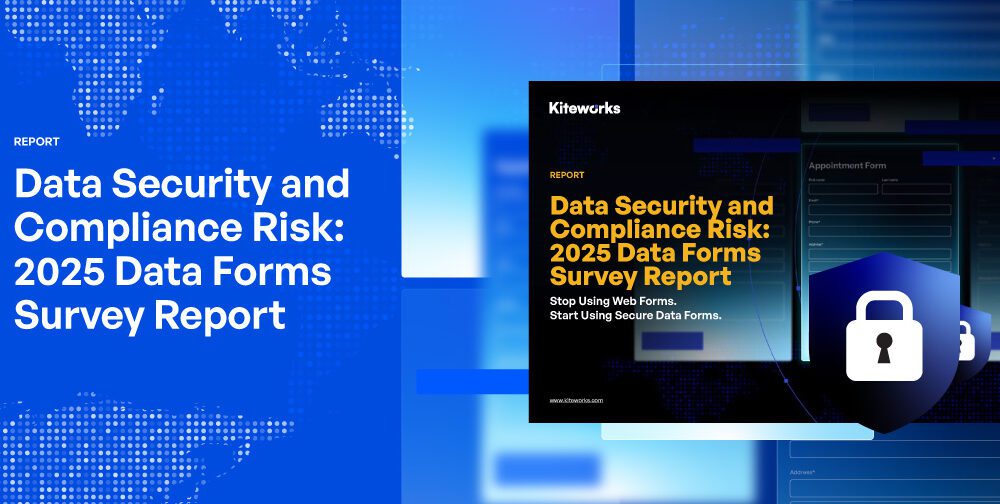Ever tried playing Minecraft only to watch your FPS drop to single digits? You’re not alone. With 2025’s massive updates rolling out, Minecraft system requirements have become more demanding than ever.
The Tricky Trials update isn’t just bringing new content—it’s pushing your hardware harder than a creeper explosion pushes you off a cliff. Enhanced mob AI, complex Trial Chambers, and improved graphics mean your trusty old gaming rig might finally be showing its age.
But here’s the thing: you don’t need a beast of a PC to enjoy Minecraft in 2025. You just need to know what you’re working with. The first question every player asks is “can I run Minecraft“ on my current setup? Smart players use Can I Run it tools to verify their system compatibility before diving deep into specs and upgrade planning.
Let’s break down exactly what your PC needs to survive—and thrive—in Minecraft’s 2025 landscape.
What’s Crushing Your FPS in Minecraft 2025?
Remember when Minecraft ran on a potato? Those days are officially over.
The Trial Chambers are performance killers.
These procedurally generated dungeons pack more entities, lighting effects, and particle systems into one space than most players have ever experienced. Your CPU is suddenly juggling complex AI calculations while your GPU renders dynamic lighting that would make ray tracing jealous.
The new Breeze mob changes everything.
This isn’t just another hostile creature—it’s a physics engine stress test. Wind effects, particle systems, and environmental interactions happen in real-time. Every gust of wind means more calculations for your processor.
Enhanced world generation is beautiful but hungry.
Larger biomes, more detailed terrain, and improved chunk loading systems demand serious memory bandwidth. That 4GB RAM setup that worked fine in 2020? It’s struggling to keep up.
Multiplayer got a major overhaul.
Better synchronization and reduced lag come at a cost: more network processing, better CPU requirements, and increased memory usage when playing with friends.
The bottom line? Minecraft 2025 is gorgeous, feature-rich, and surprisingly demanding. Your hardware needs to step up its game.
The Cold Hard Numbers: Minecraft System Requirements Breakdown
Let’s cut through the marketing fluff and talk real specs. Here’s what Minecraft system requirements 2025 actually look like in practice.
Minimum System Requirements (Basic Gameplay)
OS: Windows 10 64-bit (anything older is asking for trouble)
CPU: Intel Core i3-3210 or AMD A8-7600
RAM: 4 GB (prepare for occasional stuttering)
GPU: Intel HD Graphics 4000 / GeForce 400 series / Radeon HD 7000 Storage: 4 GB available space
This setup runs Minecraft, but “runs” is doing heavy lifting here. Expect 30-40 FPS on low settings, reduced render distance, and the occasional freeze when loading new chunks.
Recommended System Requirements (Smooth 60+ FPS)
OS: Windows 11 (seriously, the performance gains are worth it)
CPU: Intel Core i5-4690 or AMD A10-7800
RAM: 8 GB (16 GB if you plan on modding)
GPU: GeForce GTX 700 series / Radeon RX 200 series
Storage: 8 GB SSD space (HDDs will bottleneck you hard)
This configuration delivers smooth 60+ FPS at 1080p with high settings. Chunk loading becomes snappy, multiplayer stays stable, and you can actually enjoy those beautiful sunsets without frame drops.
High-End System Requirements (4K Gaming & Ray Tracing)
OS: Windows 11 or macOS 13+
CPU: Intel Core i7-8700K or AMD Ryzen 7 2700X
RAM: 16 GB (32 GB for modpack addicts)
GPU: RTX 3060 or RX 6700 XT with 8 GB VRAM
Storage: 20+ GB NVMe SSD
This setup handles everything Minecraft throws at it. Ray tracing? Check. Complex modpacks? No problem. Recording while playing? Easy. 4K gaming? Your GPU won’t even break a sweat.
Java vs Bedrock: The Performance Showdown
Here’s where things get interesting. Minecraft system requirements vary significantly between the two main editions, and picking the wrong one can tank your performance.
Java Edition: Higher Requirements, More Features
Java Edition is the original, the classic, the “real” Minecraft according to purists. It’s also the more demanding version.
Why it’s harder on your system: Java isn’t exactly known for efficiency. The game runs in a virtual machine, which adds overhead. Plus, Java Edition supports unlimited modding, meaning your system might be running anything from simple texture packs to complex physics simulations.
CPU demands are higher because Java’s garbage collection can cause micro-stutters. Memory management requires manual tweaking through launcher settings.
The upside? Unlimited customization, access to every mod ever created, and the most active community. If you’re planning to mod, Java Edition is your only real choice.
Bedrock Edition: Better Performance, Cross-Platform Play
Bedrock Edition (the Windows Store version) is Microsoft’s optimized rebuild of Minecraft. It’s coded in C++, runs natively, and sips resources compared to Java Edition.
Performance benefits are real. Same hardware, better frame rates. It’s that simple. Bedrock Edition can run smoothly on systems that struggle with Java Edition.
Cross-platform play means you can game with friends on phones, consoles, or other PCs seamlessly.
The catch? Limited modding support and a smaller community. You’re trading customization for performance.
For builders creating complex geometric structures, both editions benefit from planning tools. Using a Minecraft Circle Generator helps design perfect circles and spheres that would be nightmare fuel to build freehand—especially important when considering system load, since complex builds with thousands of blocks can impact performance regardless of which edition you choose.
When Basic Requirements Aren’t Enough
Standard Minecraft minimum requirements tell only part of the story. Real-world gaming scenarios demand much more from your system.
Modded Minecraft: The Hardware Destroyer
Think you can run modded Minecraft on basic specs? Think again.
Memory requirements explode. Popular modpacks like FTB Revelation easily consume 6-8 GB of RAM before you even load a world. Add texture packs and shaders? You’re looking at 12+ GB easily.
CPU becomes critical with automation mods. When you’re running hundreds of machines, processing complex recipes, and managing power systems, even high-end processors can struggle.
Graphics mods change everything. Shaders that make Minecraft look photorealistic also make your GPU cry. That integrated graphics chip that handled vanilla Minecraft? It’s not surviving SEUS shaders.
Before committing to a massive modpack, smart players verify their setup can handle it. Testing can you run it helps determine if your hardware can survive the modded Minecraft experience before you spend hours setting everything up.
Multiplayer Mayhem
Server requirements scale with chaos. Playing on a peaceful creative server? Easy. Joining a 100-player PvP server with active TNT cannons and complex redstone contraptions? Your system better be ready.
Network stability matters more than raw specs sometimes. High ping and packet loss create rubber-banding that feels like performance issues but stems from connection problems.
CPU cores become valuable when processing multiple player interactions, especially on busy servers with mini-games and complex mechanics.
Content Creation Challenges
Recording and streaming multiply system demands. Your hardware isn’t just running Minecraft—it’s encoding video, managing audio, and handling streaming software simultaneously.
Memory gets divided between game data, recording buffers, and encoding processes. That 8 GB that worked fine for gaming? It’s not enough for serious content creation.
GPU encoding helps by offloading video processing from your CPU, but requires modern graphics cards with dedicated encoding hardware.
Optimization Secrets That Actually Work
You don’t always need new hardware to fix performance problems. Sometimes you need smarter settings.
Graphics Settings That Matter
Render distance is the performance killer. Dropping from 16 to 10 chunks can double your frame rate with minimal visual impact. Each chunk requires CPU processing and memory allocation.
Fancy graphics vs fast graphics makes a bigger difference than you’d expect. Fast graphics disables leaf transparency and simplifies rendering, providing significant performance gains.
Smooth lighting impacts GPU load more than you’d think. Disabling it provides immediate frame rate improvements on older graphics cards.
Memory Magic
Java Edition requires manual memory allocation. The default 2 GB allocation causes constant garbage collection stutters. Allocating 4-6 GB (depending on available RAM) provides much smoother performance.
Too much allocated memory causes problems too. Give Java Edition more than 8 GB and you might experience longer garbage collection pauses.
Storage Speed Matters
SSDs transform chunk loading. The difference between HDD and SSD chunk loading is night and day. If you upgrade one component for Minecraft, make it storage.
NVMe drives eliminate micro-stutters during world generation and provide near-instantaneous chunk loading when exploring.
When Good Hardware Goes Bad
Sometimes Minecraft system requirements seem adequate but performance still suffers. Here’s what’s probably going wrong.
Driver Drama
Outdated graphics drivers cause more Minecraft problems than hardware limitations. Both NVIDIA and AMD regularly release Minecraft-specific optimizations.
Java version conflicts create mysterious performance issues. Multiple Java installations or wrong architecture (32-bit vs 64-bit) can tank performance on capable hardware.
Background Bullies
RAM-hungry browsers with dozens of tabs consume memory that Minecraft desperately needs. Chrome with 20 tabs can easily use 4+ GB of RAM.
Streaming software running in the background affects performance even when not recording. Close OBS, Discord, and other resource-intensive applications before gaming.
Network Nonsense
Poor internet connectivity creates lag that feels like hardware problems. High ping, packet loss, and unstable connections cause rubber-banding and inventory sync issues.
Router placement and WiFi interference affect multiplayer performance more than most players realize. Wired connections provide more stable gaming experiences.
Future-Proofing Your Minecraft Machine
Minecraft system requirements 2025 are just the beginning. Here’s what’s coming that might affect your hardware needs.
Ray Tracing Evolution
RTX and RDNA ray tracing is becoming more accessible. Future Minecraft updates will likely expand ray tracing features beyond premium graphics cards.
Path tracing implementation could arrive in future updates, demanding even more GPU performance for photorealistic lighting.
Enhanced Physics
Improved physics simulations for water, lava, and falling blocks will increase CPU demands. Complex redstone contraptions will require more processing power.
AI improvements for mobs and NPCs suggest continued CPU performance importance as the game becomes more sophisticated.
Cloud Integration
Cross-platform features and cloud saves may introduce new network requirements and compatibility considerations for optimal performance.
The Bottom Line
Minecraft system requirements 2025 have evolved far beyond the simple specs of yesteryear. The game that once ran on anything now demands respect from your hardware.
The minimum gets you in the door, but barely. For actual enjoyment, aim for recommended specs or higher. Your sanity is worth the investment.
Optimization matters as much as raw power. Proper settings configuration can transform a struggling system into a smooth gaming experience.
Plan for growth. Whether it’s mods, multiplayer, or content creation, your Minecraft journey will likely expand beyond basic gameplay. Build your system with room to grow.
Most importantly, understand your hardware before you commit. Whether you’re planning a modded adventure or building the next great Minecraft cathedral, knowing your system’s capabilities saves time, frustration, and money.
The blocky world of Minecraft 2025 is waiting. Make sure your PC is ready for the adventure.



































